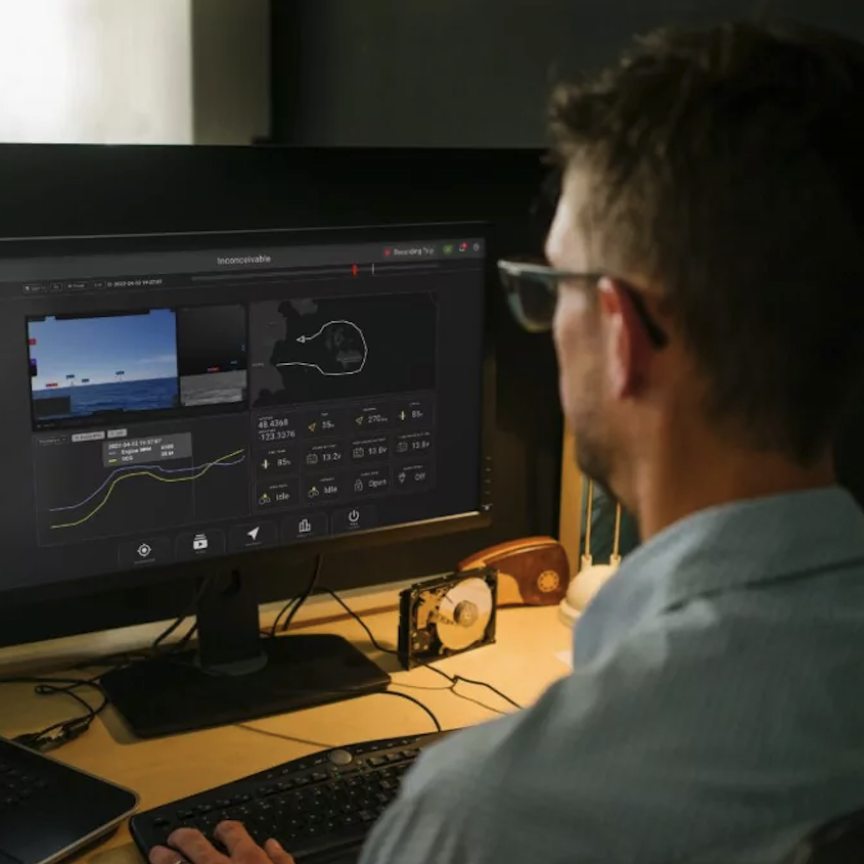Sony and Prophesee have developed a stacked event-based vision sensor, it was announced at the International Solid-State Circuits Conference in San Francisco.
The new sensor detects changes in the luminance of each pixel asynchronously and outputs data, including coordinates and time, only for the pixels where a change is detected.
The sensor offers 4.86μm pixel size and 124dB HDR performance.
The work combines the technical features of Sony’s stacked CMOS image sensor – the small pixel size and excellent low light performance are achieved by using Cu-Cu connections – with Prophesee’s Metavision event-based vision sensing technologies, which give fast pixel response, high temporal resolution and high throughput data readout.
The newly developed sensor is suitable for various machine vision applications, such as detecting fast moving objects in a wide range of environments and conditions.
Prophesee released its Metavision VGA event-based sensor in October 2019. The firm has been working with camera maker Imago Technologies, which has integrated Prophesee’s sensor inside its VisionCam smart camera.
The work with Sony builds on Prophesee’s sensor development by making event-based imaging much more widely available to camera manufacturers.
The new Sony-Prophesee sensor has a resolution of 1,280 x 720 pixels, a fill factor of 77 per cent, power consumption of 73mW for the 300MEPS version.
While a frame-based sensor outputs entire images at fixed intervals according to the frame rate, an event-based sensor selects pixel data asynchronously using a row selection arbiter circuit. By adding time information at 1μs precision to the pixel address where a change in luminance has occurred, event data readout with high time resolution is ensured.
A high output event rate of 1.066Geps has been achieved by efficiently compressing the event data, i.e. luminance change polarity, time, and x/y coordinate information for each event.
The sensor’s pixel chip (top) and the logic chip (bottom) incorporate signal processing circuits, which detect changes in luminance based on an asynchronous delta modulation method, are arrayed separately. Each pixel of the two individual chips is electrically connected using Cu-Cu connection in a stacked configuration.
The 124dB HDR performance is made possible by placing only back-illuminated pixels and a part of N-type MOS transistor on the pixel chip (top), thereby allowing the aperture ratio to be enhanced by up to 77 per cent. High sensitivity and low noise technologies Sony has developed over many years of CMOS image sensor development enable event detection in low-light conditions (40mlx).


